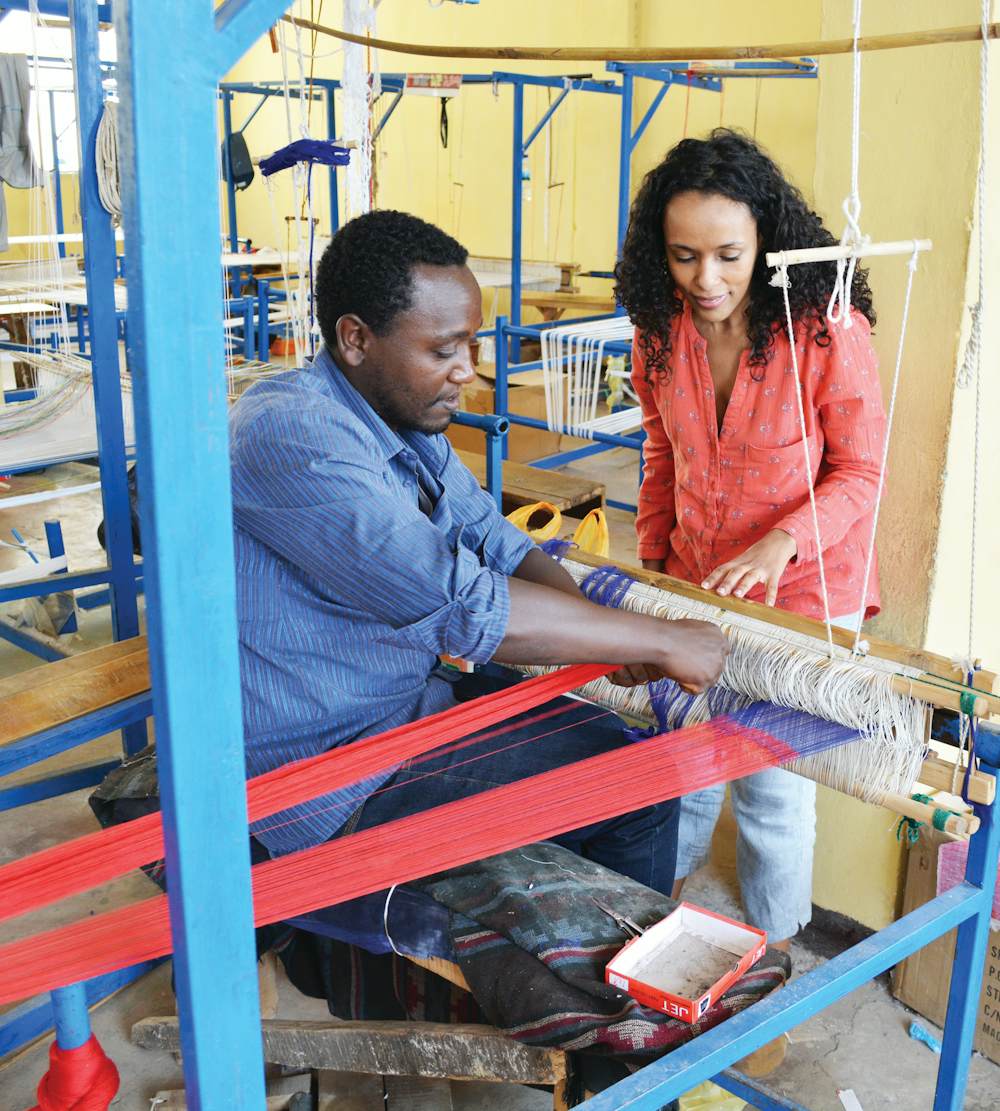Timeless design doesn’t sacrifice
the old for new.
At Bolé Road Textiles, the two intersect, blurring the modern aesthetics of founder Hana Getachew with Ethiopia's noble weaving traditions to produce her vibrant, handwoven collections of pillows and rugs.
For Getachew, formerly an interior designer, these crafts are the culmination of a rich collaborative partnership between herself and the artisans she's befriended in her native Ethiopia. Inspired by Ethiopia’s landscapes and stories, as well as the natural, textural qualities of the country’s handspun cotton and weaves, Getachew works with these craftspeople to share her influences with the world.
Here, Getachew explains how Bolé Road Textiles has evolved from the careful attention of these traditional weavers and her vision for the future of Ethiopia's growing handwoven industry.

How weaving is carried across generations
It’s all organic – there’s no formal training. Weavers learn the craft from their fathers, just
passed down informally. The collective I work with, the main weaver is actually a teacher by profession, but he learned the craft because the men in his family know how to weave.
I think there's a desire among Ethiopians that the craft not die out. Like everywhere, labor prices are increasing, and because of how much artistry is involved, it's becoming increasingly difficult for everyday Ethiopians to afford a traditional dress. So, the demand is waning, and imitation dresses are becoming more imported, which is so devastating.
The goal would be that the craft continues locally, and even though I work in the States, I want those traditional crafts to thrive in Ethiopia.
How Bolé Road is growing with its artisans
Before 2020, I was the smallest client for all my artisans. I'm fortunate enough to have grown in the last year, because of all the events of 2020, and that devastating moment in time. Because I have this new responsibility, I'm thinking about how I could be a more steady partner to all of my vendors in Ethiopia. My goal is to be able to grow with them, and my ultimate vision is to connect all the vendors I work with in a way where we share resources and information to grow the industry and not just our individual businesses.
I aspire to start my own dedicated production team in Ethiopia as a jumping-off point for testing out more efficient ways of working, better energy conservation, and water-attaining systems. I can be in the trenches with my artisans and help resolve the challenges that they face. Power outages and water shortages are incredibly common and affect production times. Simple policy changes on how exporting is done can delay things for weeks.
Ethiopia’s influence on Bolé Road designs
The Admas Collection was inspired by the mountainscapes in Ethiopia. The hues – the greens and the greens, deep and light blues, and reds – are all so reminiscent of Ethiopia. The best part of what I get to do is create my collections around a concept or theme or story that I want to tell about Ethiopia.
My long-term vision is to transform the industry into something that young weavers aspire to enter. I'd like to see handweaving be admired and considered a skilled and valuable profession. It needs to be treasured and recognized for what it is: an art form. —
Hana Getachew
On ensuring the future of Ethiopian weaving
The handwoven sector is a new area of growth for Ethiopia. There's so much potential to grow and to improve. The informal nature of how it's learned, and the fact that it's a handcraft, means that it’s historically been looked down upon. In the face of demand going down, reframing that is essential.








